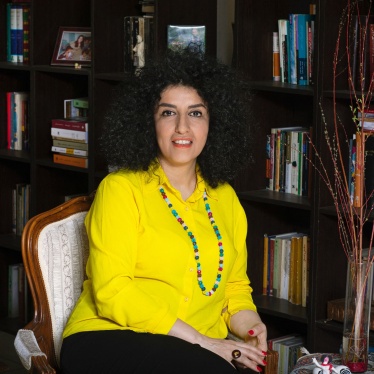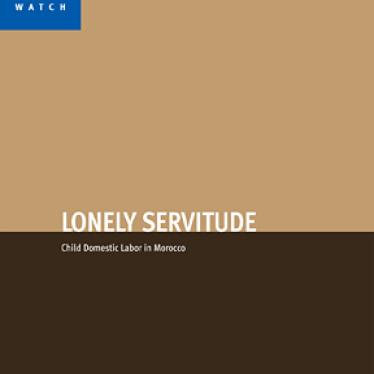The Indonesian government made a series of serious missteps leading to human rights violations in its handling of one of the worst outbreaks of ethnic conflict the country has seen in decades, according to a new report, Communal Violence in West Kalimantan, released today by Human Rights Watch/Asia.
The new report, issued as the first anniversary of the violence approaches, documents the conflict that erupted in late 1996 and early 1997 between indigenous Dayak people and immigrants from the island of Madura who settled in the province of West Kalimantan in Indonesian Borneo site of the forest fires that are currently wreaking environmental havoc across Southeast Asia. Based on investigations in the province in January and July, the report gives a lower death toll than most previous accounts, documenting about 500 deaths rather than 1,000 or higher as was initially reported. It notes that major questions remain unanswered almost a year later about how the conflict spread and about army and police actions that may have exacerbated the conflict. The report itself does not come to any conclusion about a central question: whether the worst of the violence was spontaneous or manipulated. Human Rights Watch does state, however, that in two short visits, it was unable to find any hard evidence of provocateurs. Instead, it outlines the kind of information that would have to be collected before such a judgment can be made and stresses the importance of a thorough and impartial investigation if another round of violence is to be avoided. One year later, the situation remains explosive.
Human Rights Watch argues that human rights violations, including summary executions and arbitrary detention, took place in the course of the conflict, and those violations have served to increase distrust of the government on the part of the two ethnic groups involved. Many Madurese also believe the police failed to protect them from attacks because of a history of bad blood stemming from the death in police custody of a Madurese in 1993 that led to a retaliatory secaking of police stations in the provincial capital, Pontianak. The armed forces committed several extrajudicial executions of Dayak youths in the course of military operations to prevent Dayak groups from attacking Madurese settlements. The use of force, and in some cases of lethal force, may have been necessary to prevent those attacks, but the executions in question occurred when the youths were effectively in custody. In the aftermath of the conflict, several dozen Madurese and Dayaks were arbitrarily detained on the basis of an anachronistic emergency regulation from 1951.
The report states that government controls on information, including restrictions on journalists, prevented facts from emerging which might have helped curb some of the rumors that fuelled the conflict. It also notes that the National Human Rights Commission, a government-appointed body that has acted courageously and independently in the past, did not try to pursue an investigation beyond an initial visit or even try to ascertain an accurate death toll on the grounds that to delve too deeply into the violence might make things worse. Finally, it notes that the "peace pacts" engineered by the government to bring Madurese and Dayaks leaders together at the subdistrict and district level were misconceived, as the leaders in question were often closer to the ruling party, Golkar, than they were to the communities where the violence was rooted.
The report examines three explanations for the conflict, cultural, economic, and political. The cultural explanation looks at the history of conflict between the two groups and the radically different approaches to resolving disputes. The economic explanation looks at the increasing marginalization of the Dayak people as their land has been taken for commercial ventures. The political looks at various theories of political manipulation -- who, if anyone, had an interest in seeing conflict break out. The report notes that the violence may well have been a combination of all three factors. The important task is to understand the dynamics of this outbreak particularly as tensions remain so high than another eruption is not just possible but likely.
The report states that it is also essential that the larger questions about how the Dayak people have fared under New Order development policies be addressed. On the basis of its research, Human Rights Watch does not believe that the virulence of this communal conflict can be blamed entirely on the socioeconomic frustrations of a dispossessed people, but those frustrations, it says, are very real and cannot be ignored.







